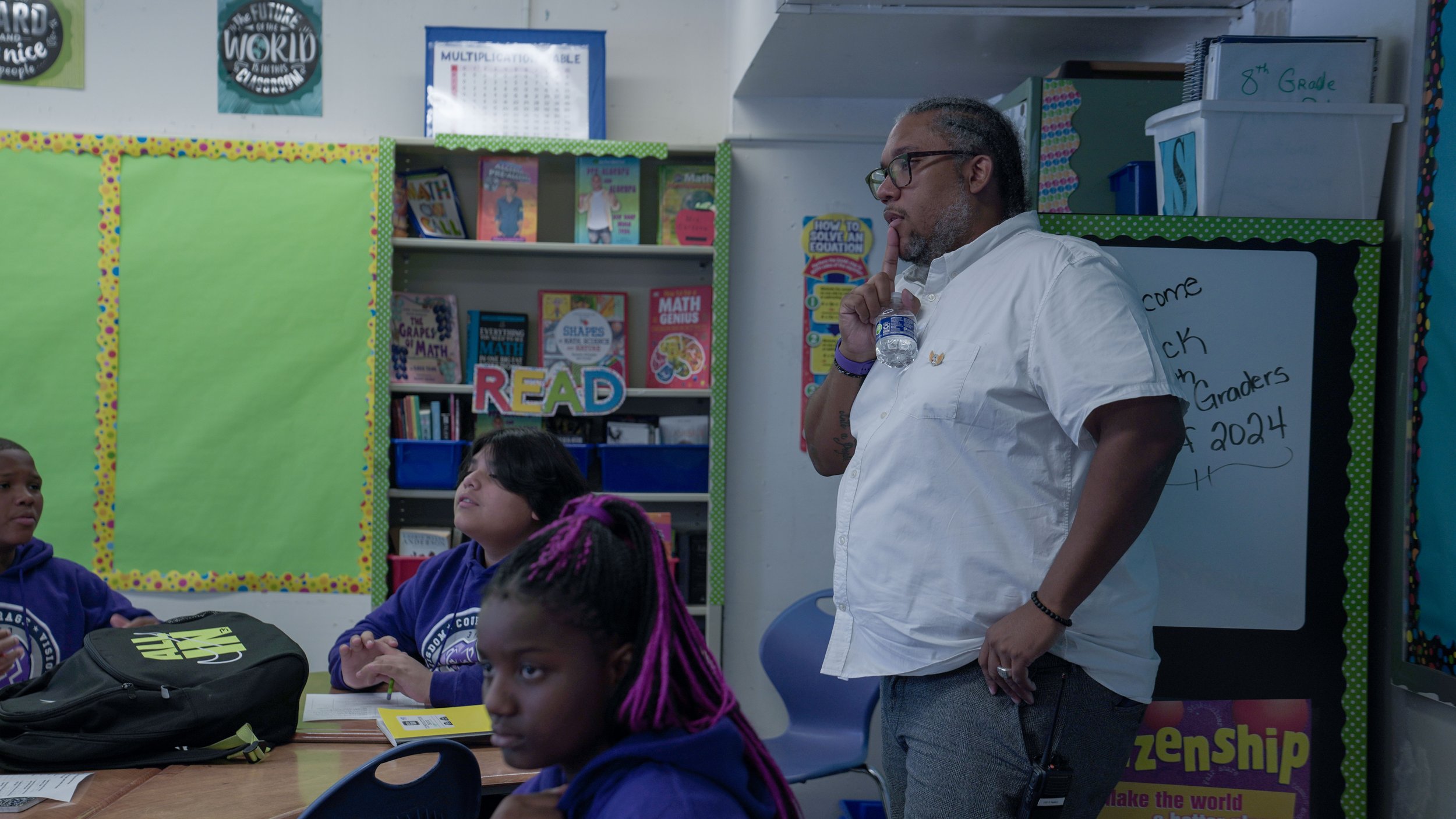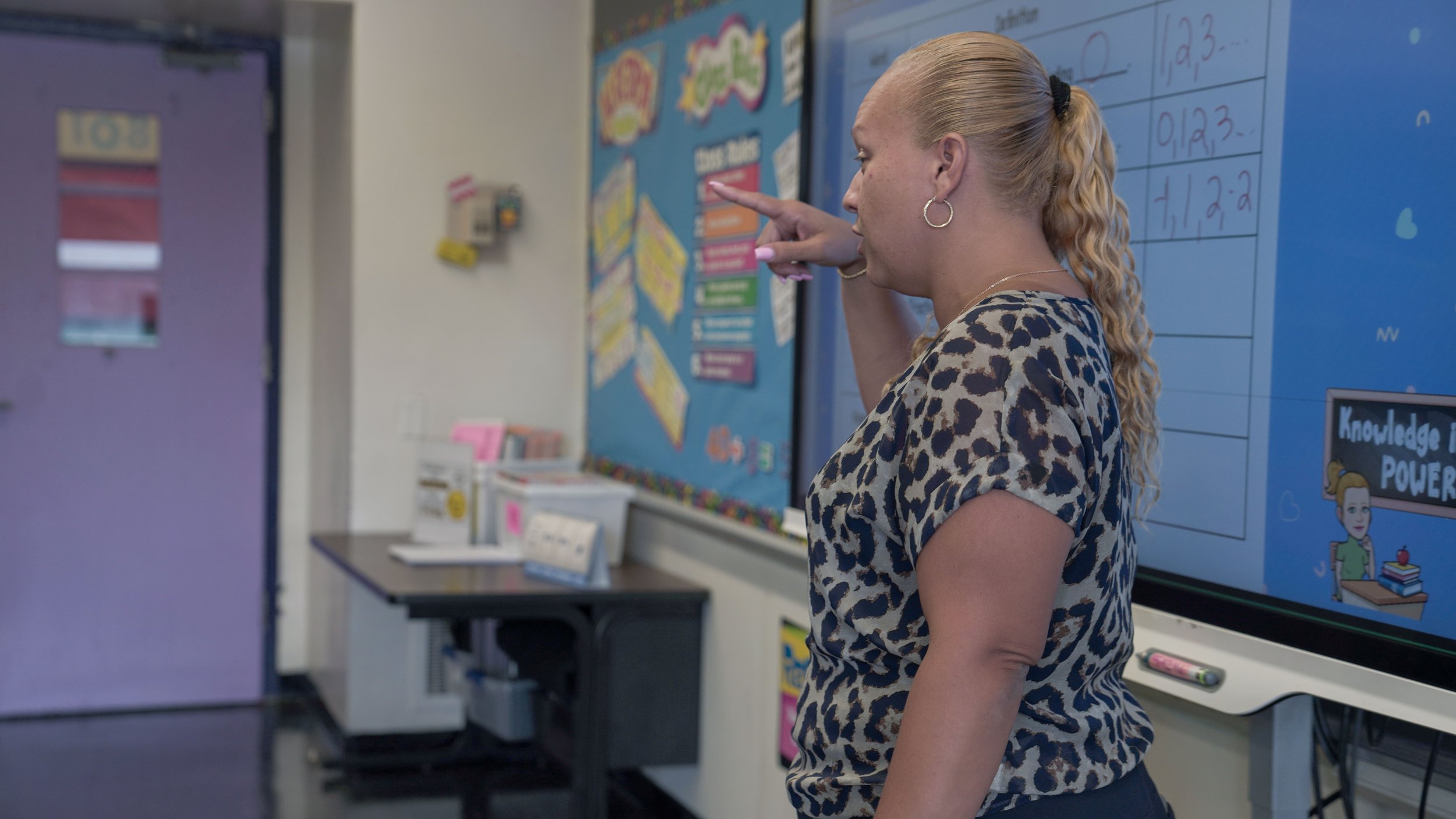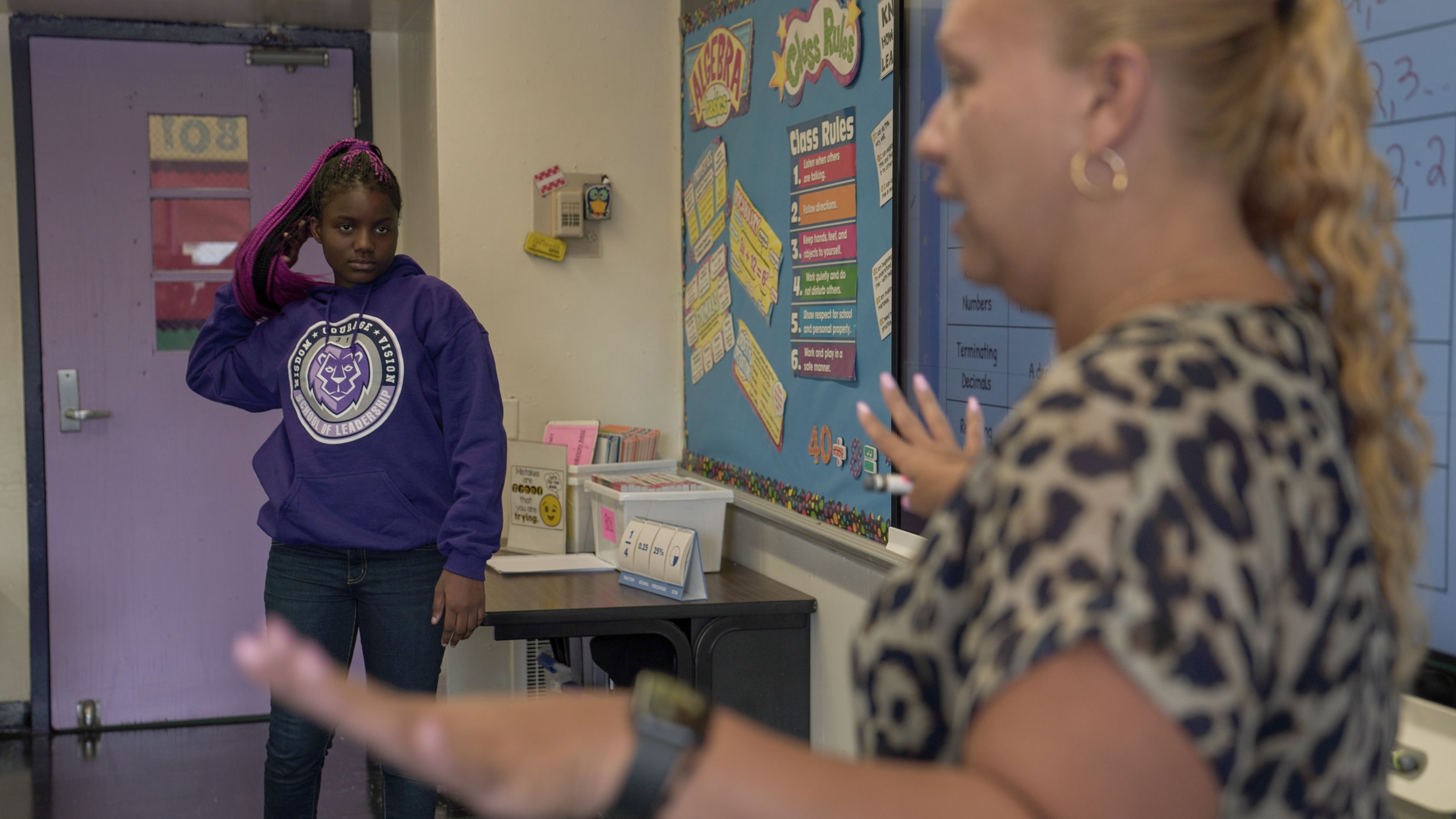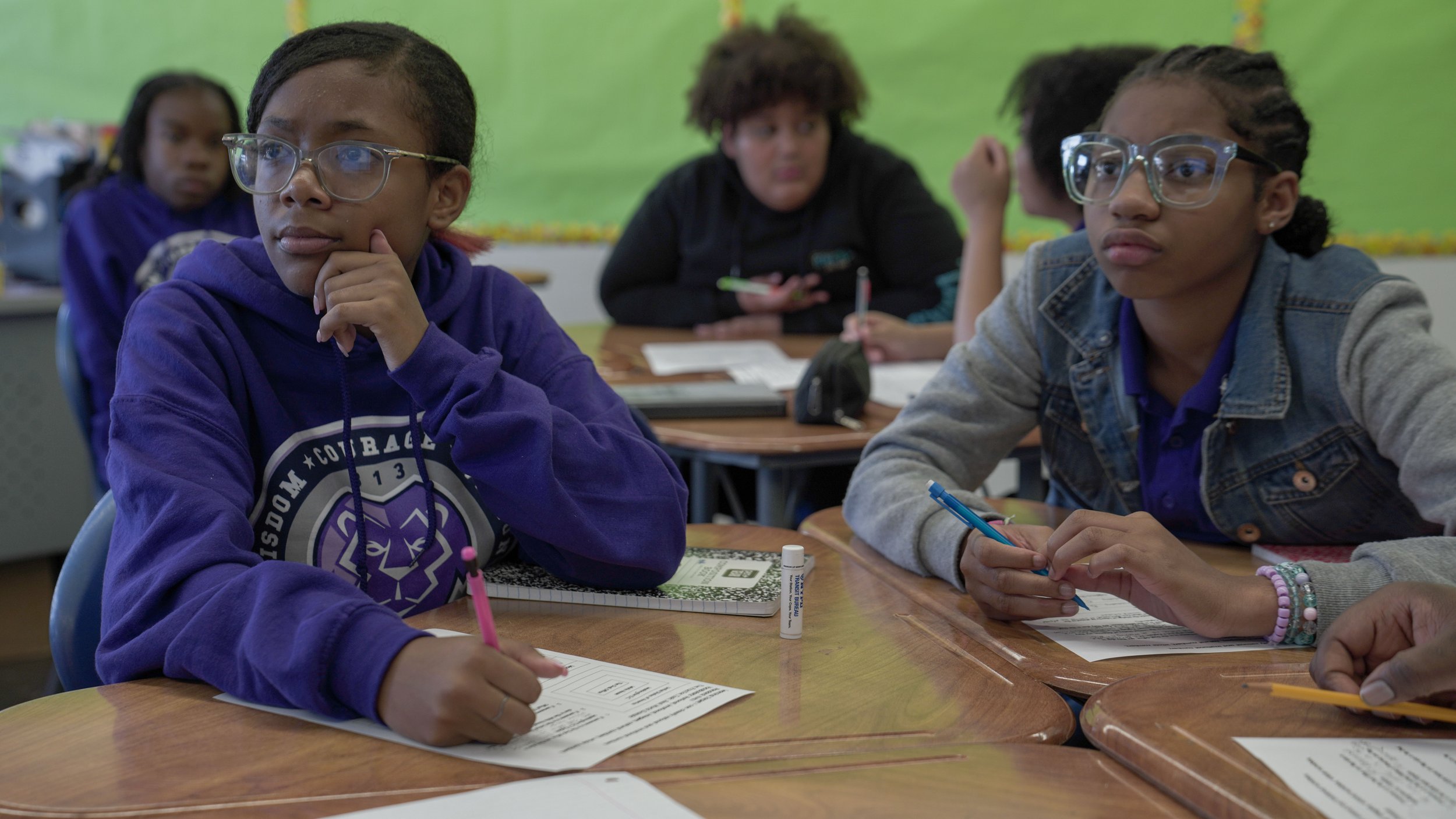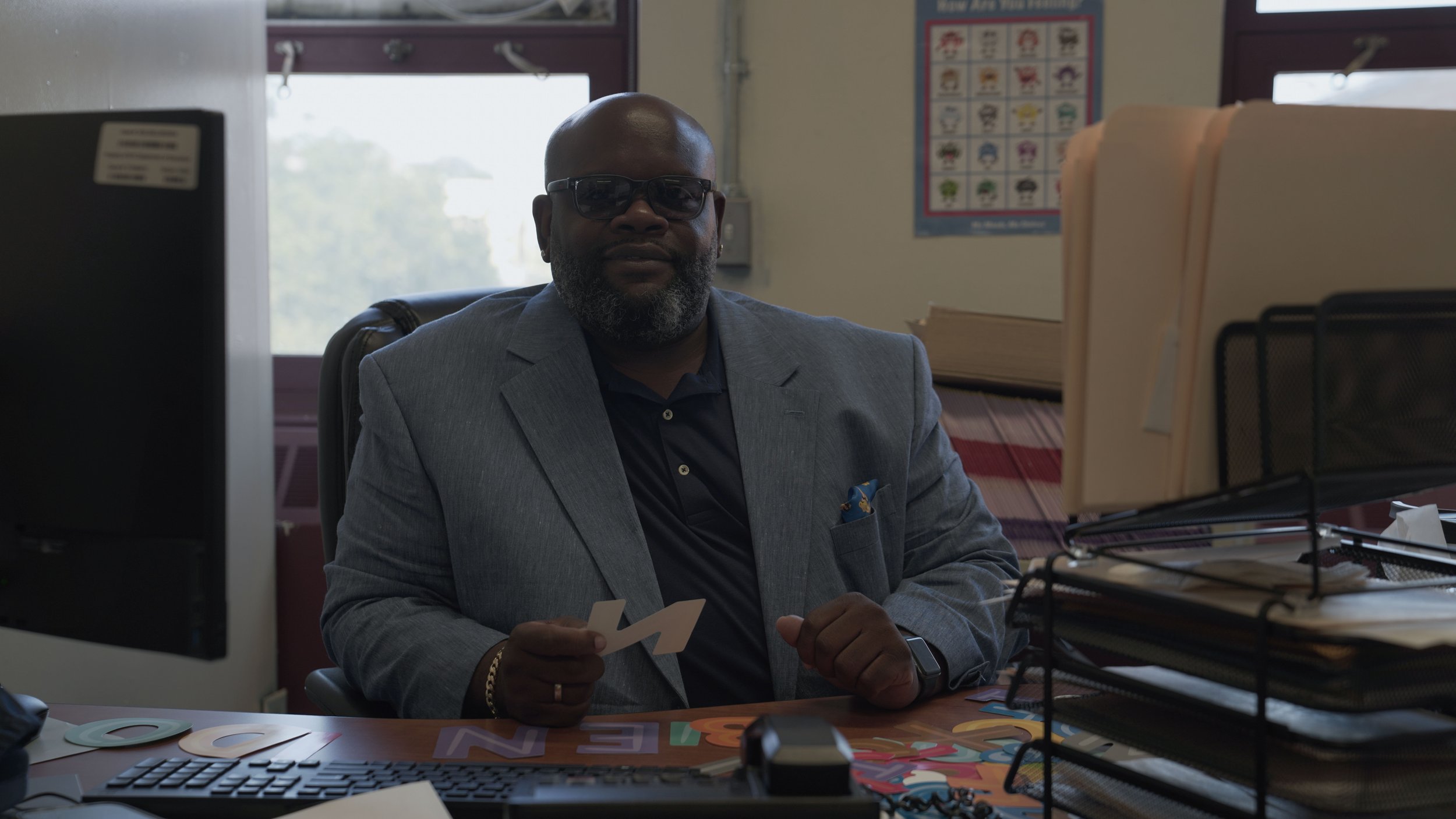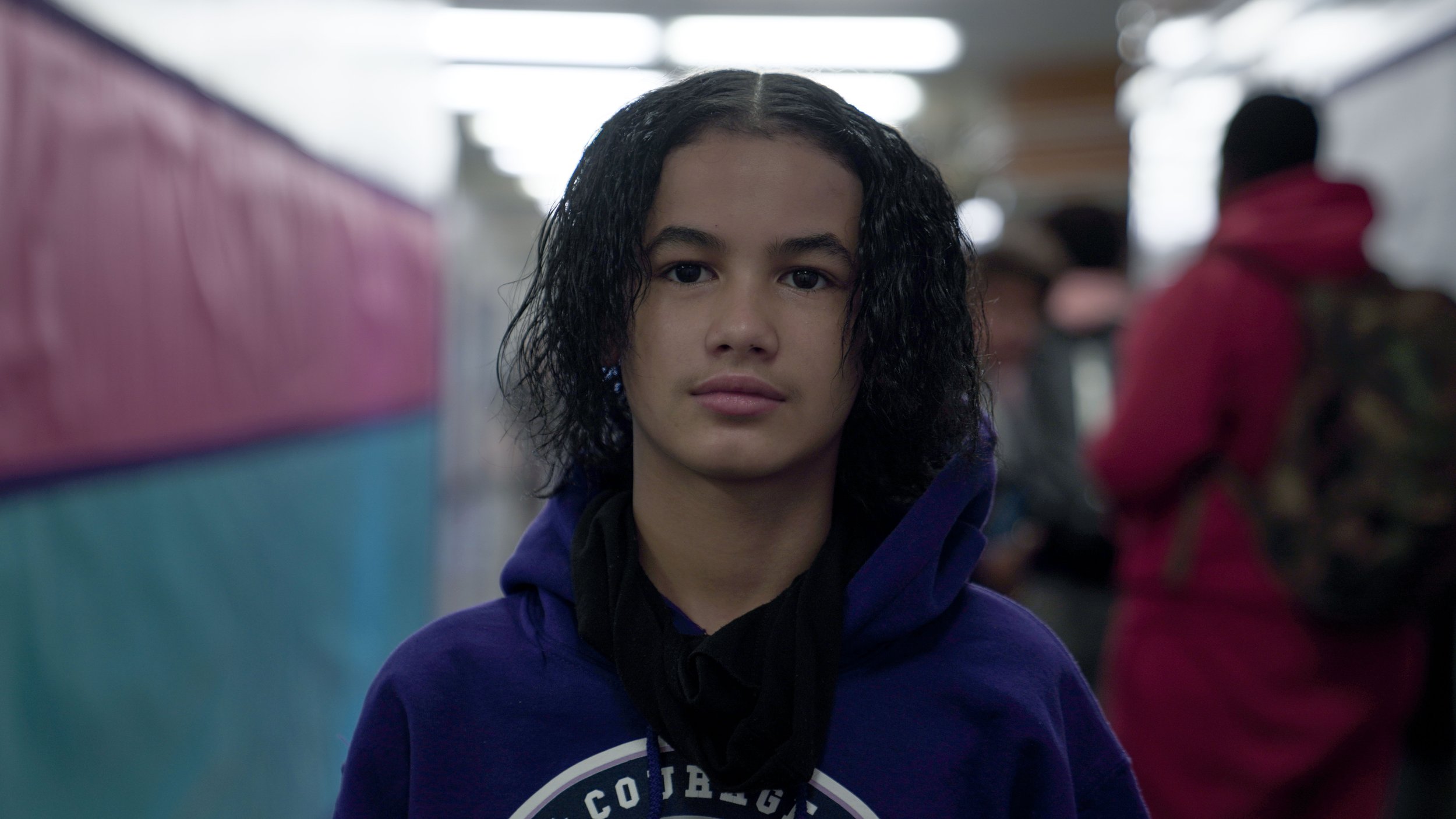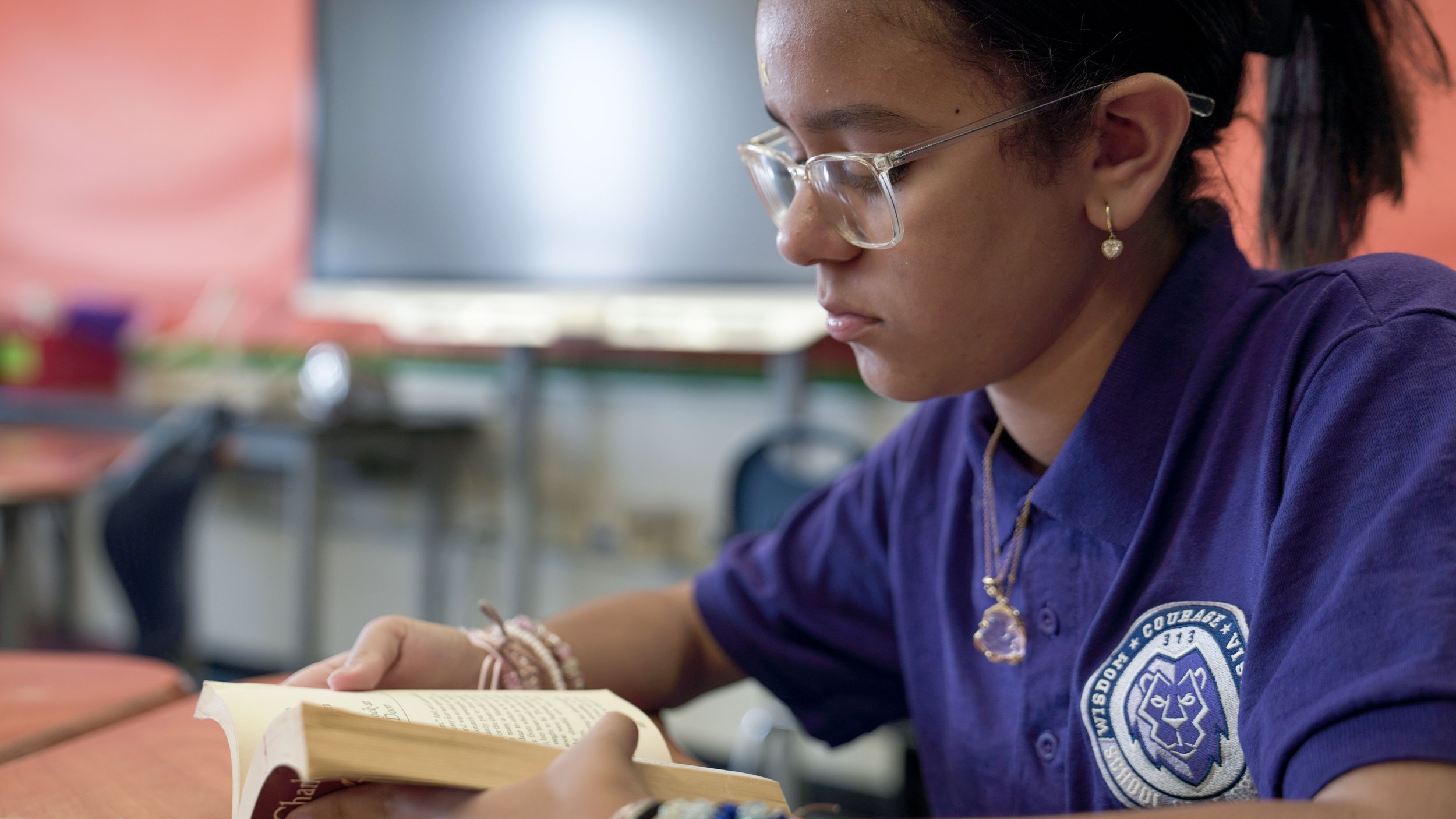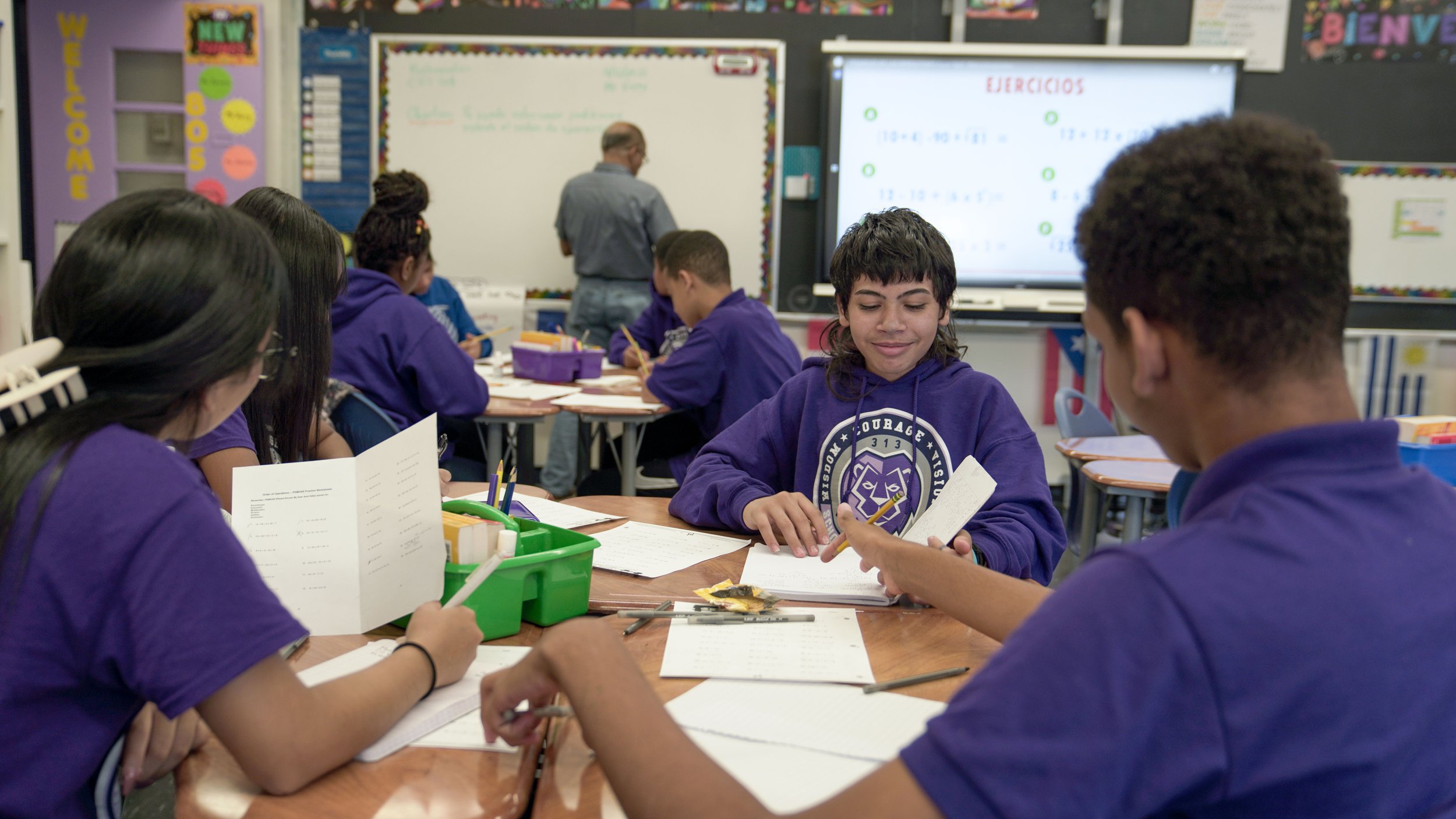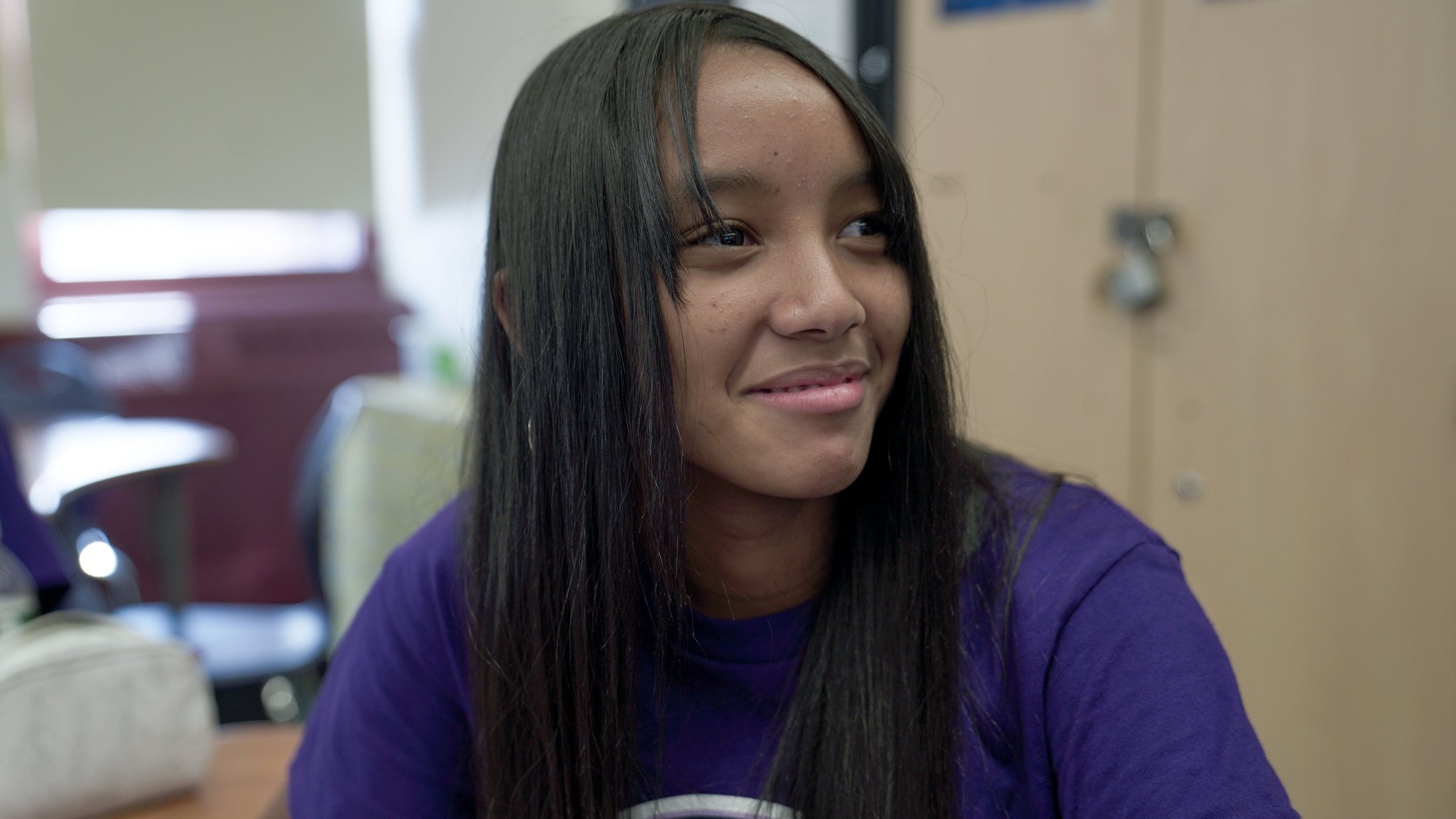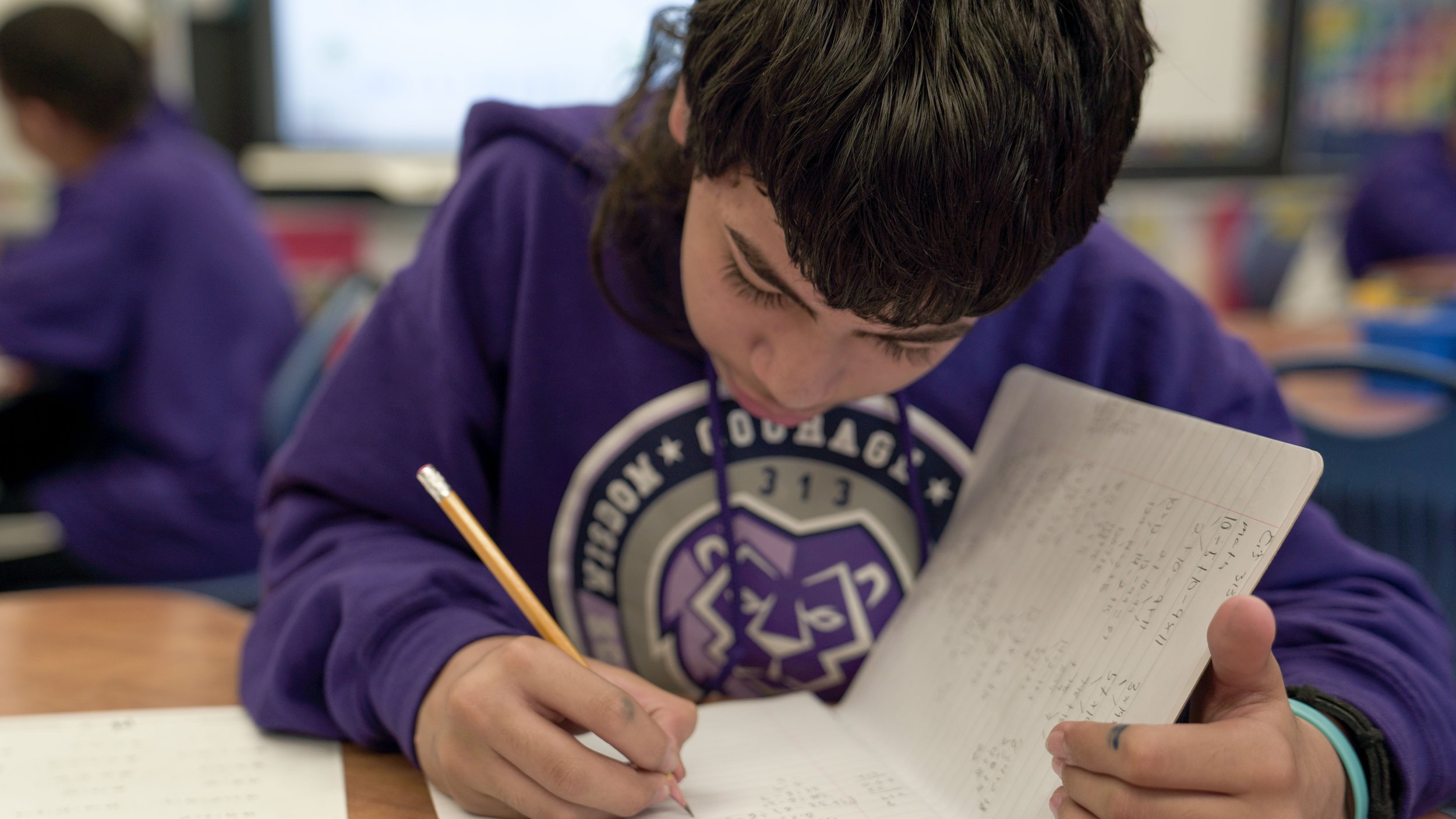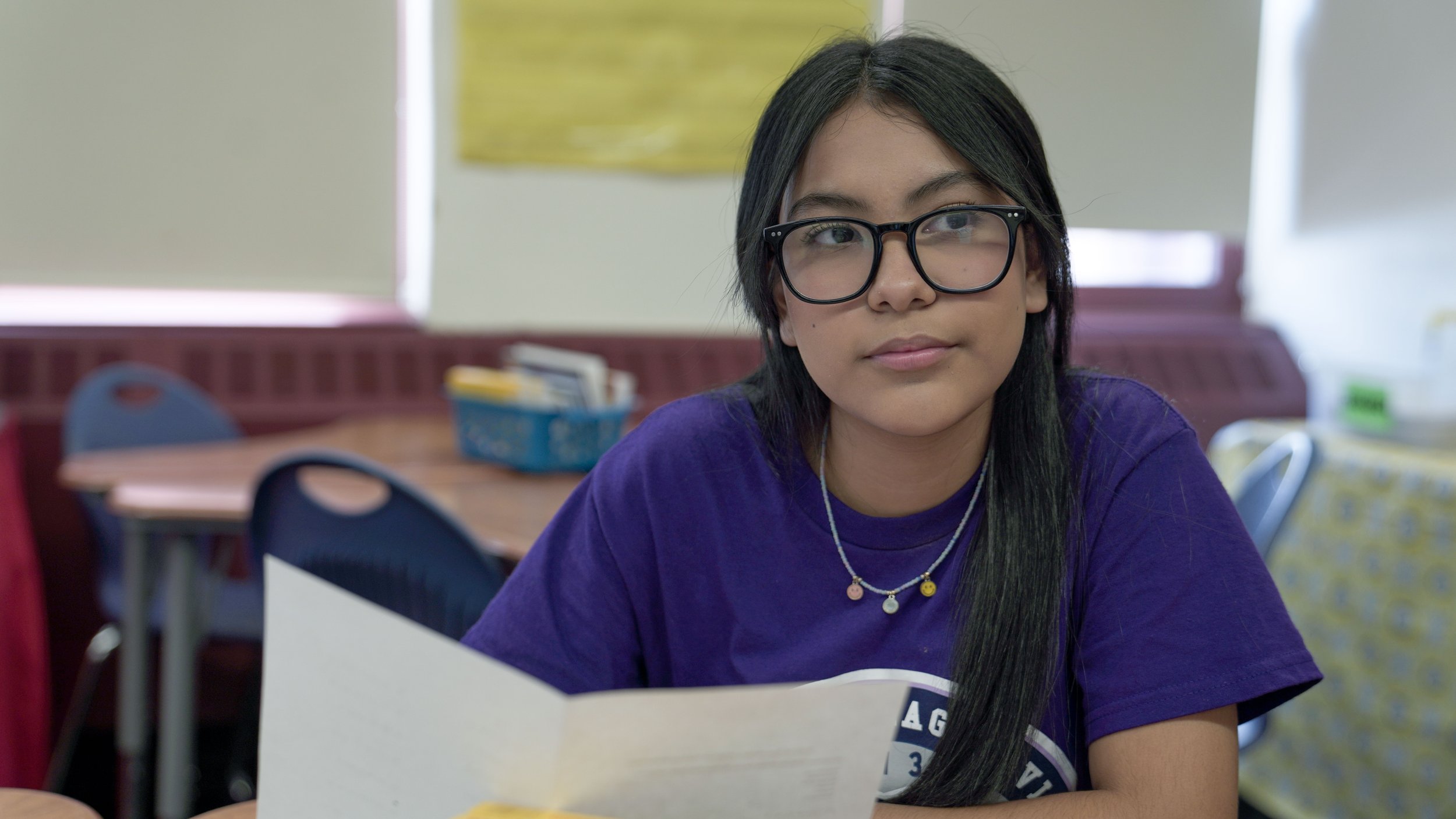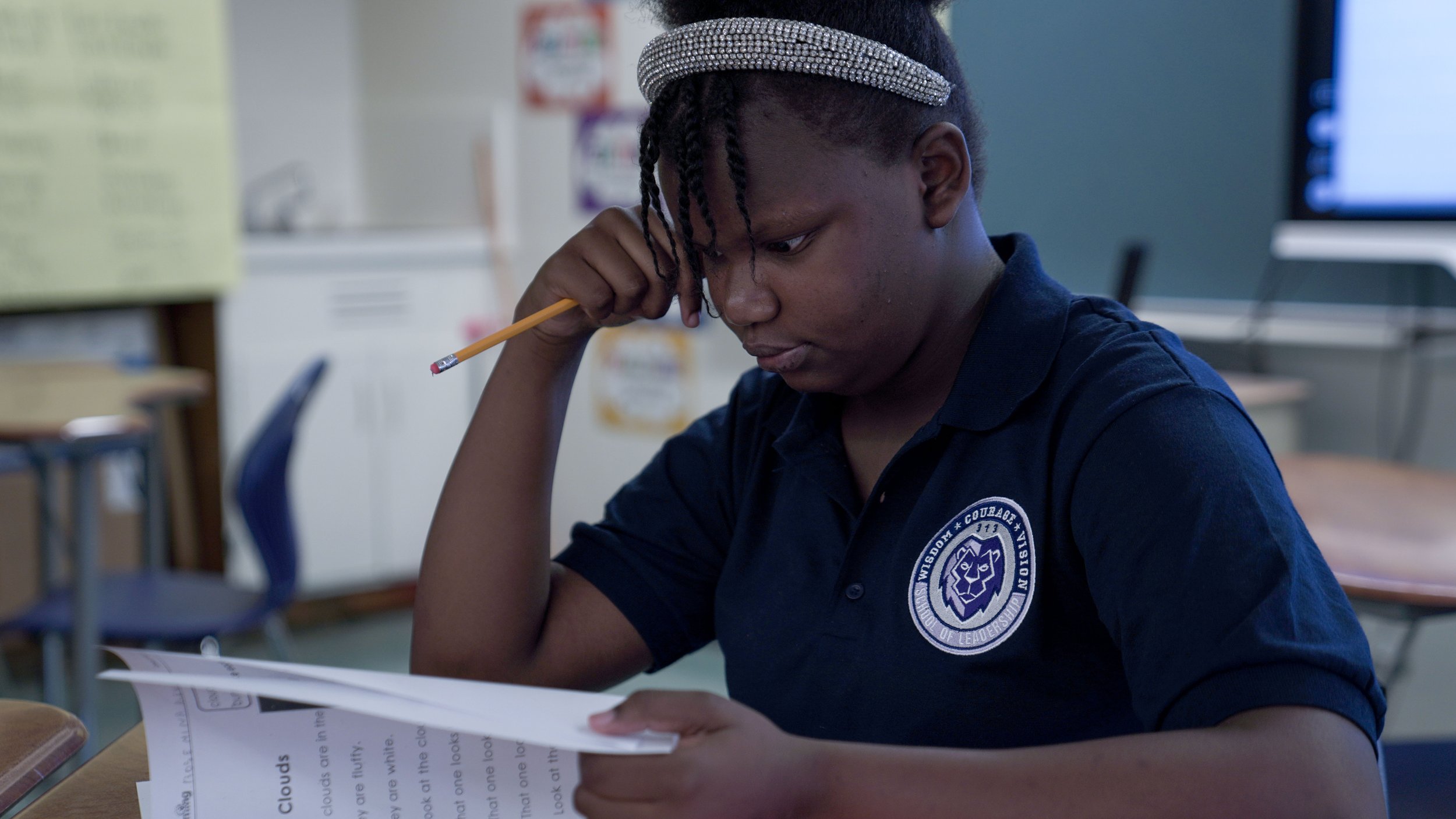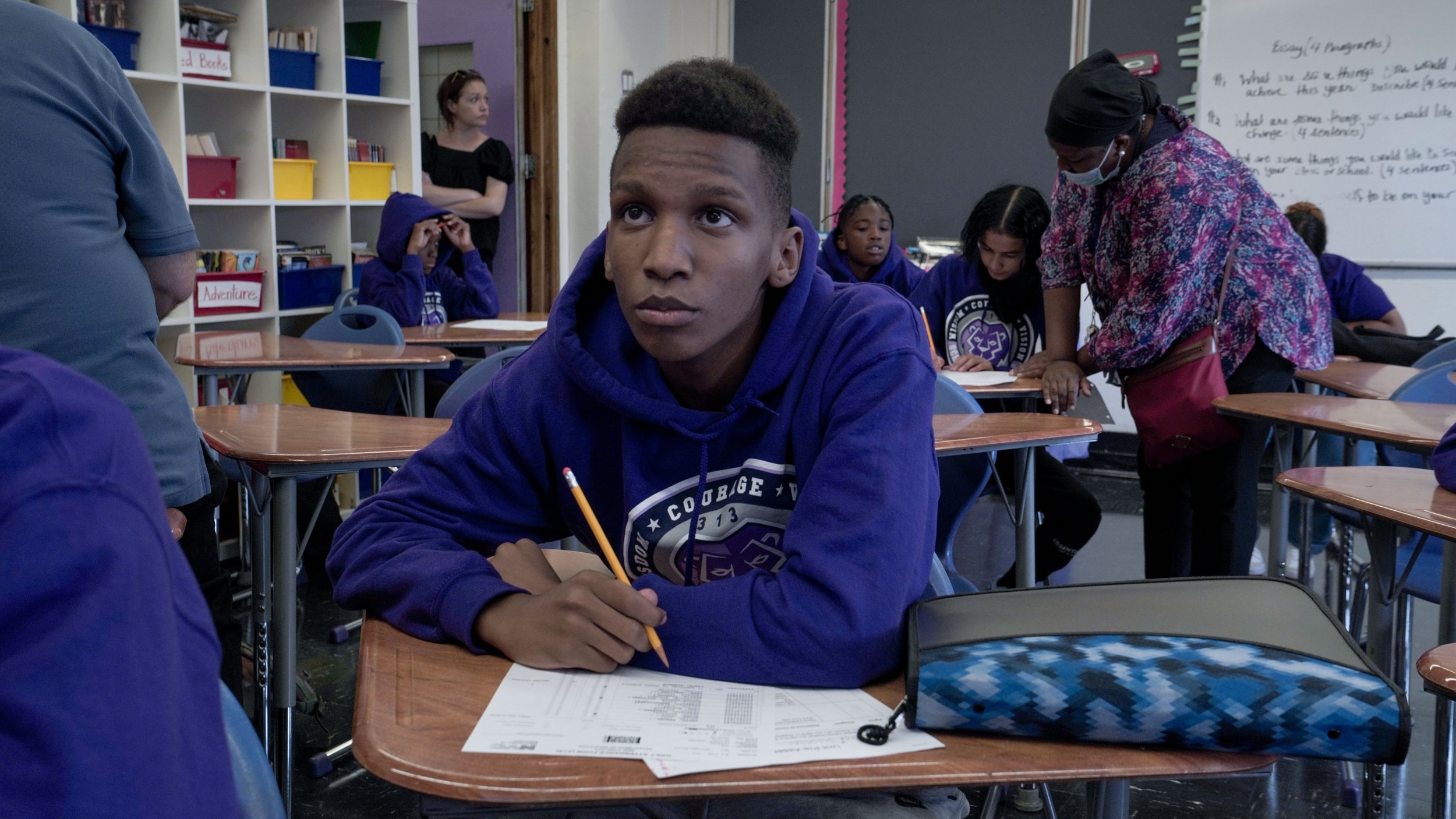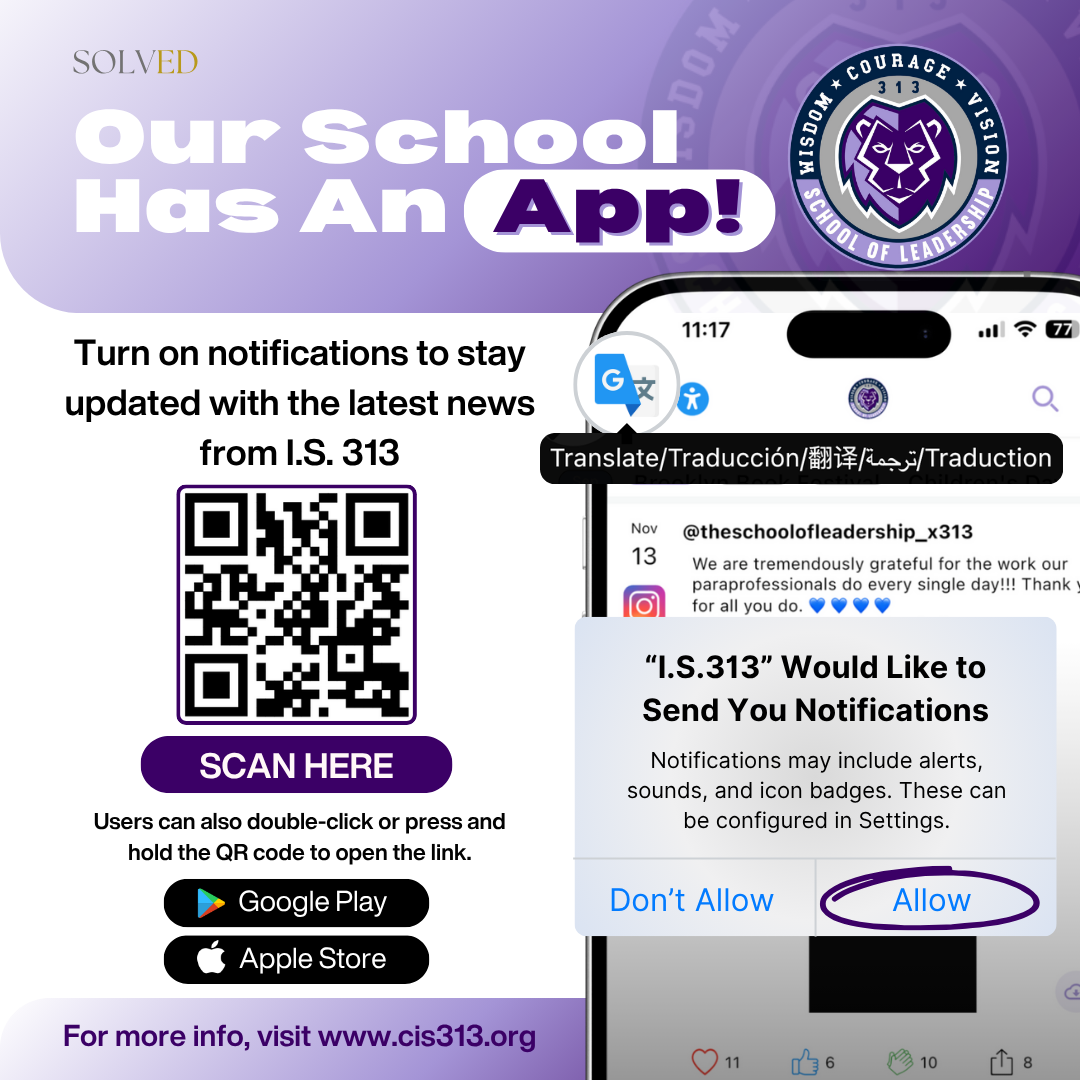IS 313 – NEW CELL PHONE POLICY
〰️
IS 313 – NEW CELL PHONE POLICY 〰️
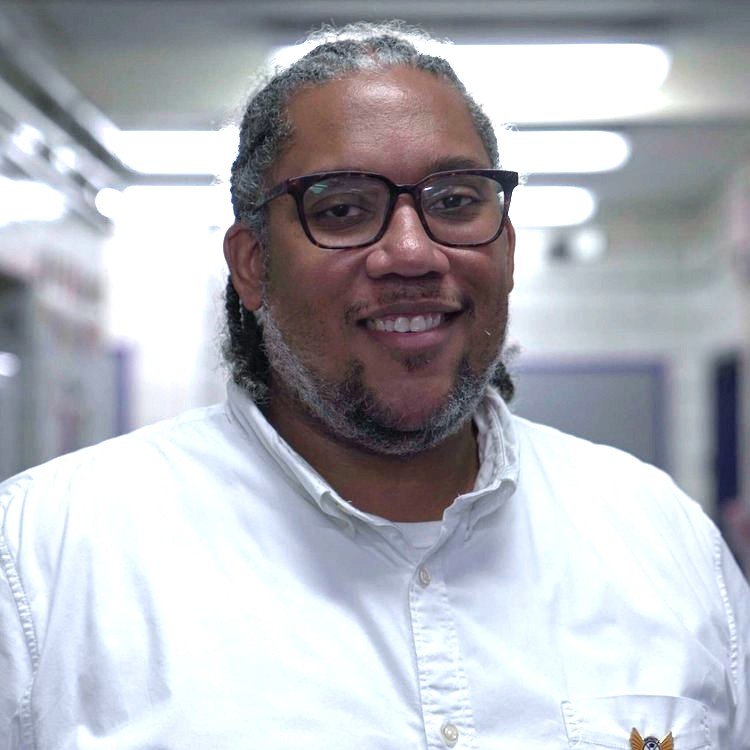
Principal's Message

STAFF DIRECTORY
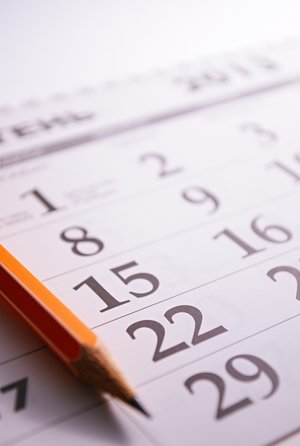
Calendar & Events

Student Resources
I.S. 313 Promo Video
news
our mission
Our mission at C.I.S 313 is to foster a joyful, experiential, and academically rigorous learning environment. We challenge and excite our students through collaborative, technology-enhanced learning experiences that affirm their identities and stories. Utilizing New York City as a living text, we provide real-world learning opportunities that deepen understanding and engagement. With research-based curriculums, we develop empathy, strengthen relationships, and nurture curiosity, critical thinking, and resilience, preparing our students and their families to thrive in an ever-changing world.
our VISION
Our vision at 313 is to create a joyful and dynamic learning environment where students are inspired to explore, innovate, and excel. We envision a school community that celebrates experiential learning and academic rigor, empowering every student to reach their fullest potential and become lifelong learners.
Photos of the Week
